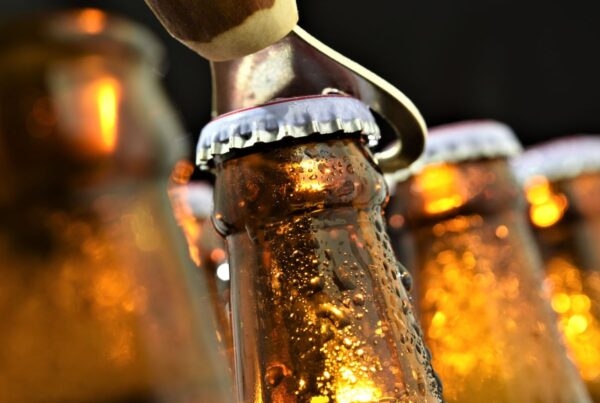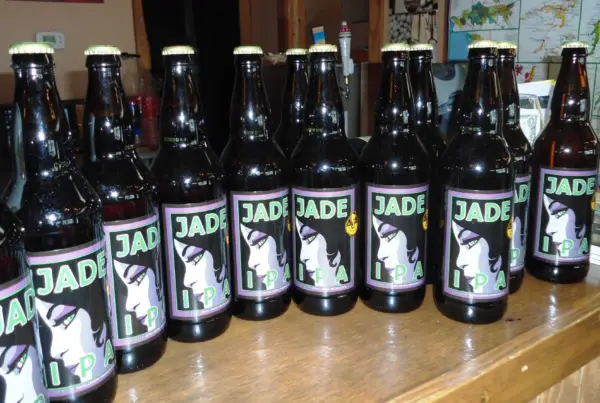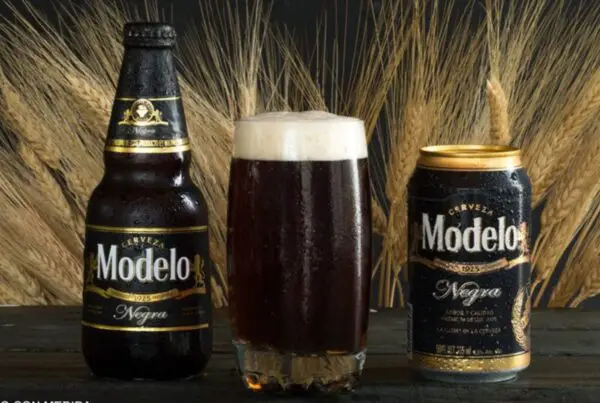What is a Hybrid Beer? (With Examples)
Beyond the traditional ales and lagers lies another dimension: a dimension not only of barley and hops, but of malt. You’re now entering a land where lagers go rogue, yeast throws caution to the wind, and wort is… well, still wort, but you get the idea.
You’re now entering an area we call the hybrid beer zone. Dive in—and forget what you thought you knew about lagers and ales:
What’s the Deal with Hybrid Beers?
A hybrid beer is formally defined as a brew that integrates the methodologies and attributes of both lager and ale brewing processes. (Which is just a fancier way of saying hybrid beers combine brewing techniques and characteristics of both types of beer.)
The Basics: Ales vs. Lagers
- Ales: These are top-fermented at warmer temperatures.
- Lagers: These undergo bottom fermentation and are typically fermented at cooler temperatures.
What Makes a Beer a Hybrid?
Hybrid beers blend processes or attributes from both ale and lager brewing. For just one example, Kölsch is fermented at the warmer temperatures typical for ales, but is then cold-conditioned like a lager.
Similarly, some hybrid brewing might involve using a particular ale yeast that can ferment at temperatures closer to those preferred by lager yeasts.
When brewing hybrids, brewers play mad scientist, tweaking the usual processes to extract certain delicious features from both types of beer. By merging elements from both ales and lagers, brewers are able to produce beers with unique flavors and qualities.
Examples of “Hybrid Beers”
- Anchor Brewing’s California Common (A.K.A. “Steam Beer”) – This is a definitive hybrid beer. It’s crafted using lager yeast, but instead of fermenting it at cooler lager temperatures, it’s fermented at warmer ale temperatures. This unique process gives it characteristics of both lager and ale.
- Kölsch – Originating from Cologne, Germany, this German beer is top-fermented at ale temperatures, but then it’s cold-conditioned or “lagered,” blending characteristics of both ales and lagers.
- Cream Ale – Cream ales are fermented using ale yeast but are then cold-conditioned like a lager, giving them a clean, crisp finish typical of lagers, while maintaining some of the fruity notes associated with ales.
Honorable Mentions
While not definitively “hybrid beers,” these are sometimes included on the list due to their hybrid characteristics:
- Weihenstephaner Vitus – Before you twist your tongue trying to pronounce it, let’s clarify: This Weizenbock, while blending wheat ale and bock characteristics, might not fit the strict “hybrid” definition like a Kölsch or a California Common. But its innovative blend earns it a well-deserved nod.
- Yuengling Traditional Lager – Yes, it’s labeled as a lager, but the oldest American beer utilizes a mix of processes that give it a character falling somewhere between a classic lager and an ale. A veteran in the beer scene, this brew is as American as apple pie—but way more refreshing in 101 degree heat.
Breweries are continually exploring new techniques, and hybrid beers are at the forefront of these innovations. Whether it’s experimenting with yeast strains, adjusting fermentation temperatures, or tweaking ingredient profiles, the hybrid category remains a playground for craft beer innovators.
And the beer community is catching on. Hybrid styles are gaining traction, with aficionados and casual drinkers alike seeking out these unique brews. Their unique flavor profiles, combined with their nods to traditional brewing, make them appealing to an increasingly broad range of consumers.
Final Thoughts
Hybrid beers are the result of brewers looking at the rulebook, chuckling, and casually tossing it aside. Not to disrespect centuries of tradition, nor just for the fun of it—but to meet the demands of a thirsty, discerning crowd with a taste for the unconventional.
Lost at the Ale-Lager intersection? Let Hops Hunters be your travel guide. From informative profiles of different beers to pint-sized beer reviews, we’ve got you covered. Because at Hops Hunters, we don’t just talk beer—we live it.






